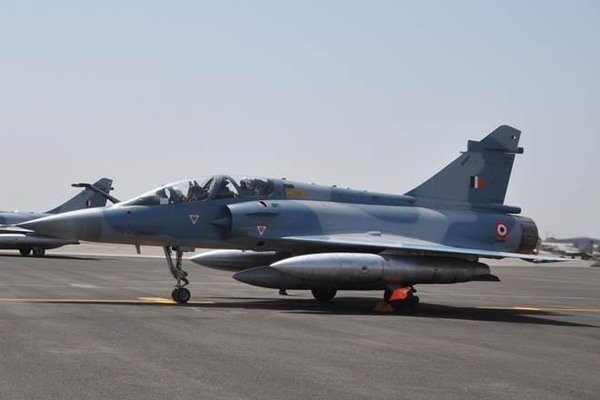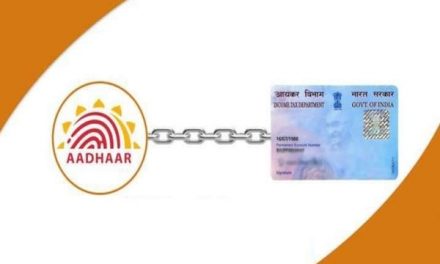Along with the heavy fighter jet Sukhoi-30MKI, the lighter French-origin and upgraded Mirage 2000 can act as the tip of the spear for the Indian Air Force by hitting targets with precision weapons like laser-guided bombs and long-range air-to-ground missiles. On Tuesday, at 3:30 am, the preferred time of the military to strike at the enemy when their awareness levels are at the lowest, twelve Mirage 2000 of the IAF struck a camp of the terror group Jaish-e-Mohammed in Balakot, some 80 km from the Line of Control (LoC). The Mirage 2000 still remains the go-to aircraft for the Indian Air Force as it’s one of the most versatile platforms anywhere. The multirole fighter jet flew sorties in the Kargil War in 1999, dropping laser-guided bombs on terrorist bunkers perched atop difficult-to-reach mountaintops.
Here are 10 things to know about the Mirage 2000:
- In yesterday’s airstrikes by the Mirage jets, the Israel-manufactured Spice/Crystal Maze long-range bombs flattened the terror infrastructure at Balakot, which was used for “advanced terror training”.
- The Mirage 2000 has delta-shaped wings, similar to the French-made Rafale and even India’s home-made Light Combat Aircraft (LCA) Tejas. One of the advantages of this design is that its wings have a large surface area, giving it better lift in low speed, and good maneuverability and stability in high speed.
- In 2011-2012, India signed a Rs. 17,547 crore deal (inclusive of new weapons) with France to transform the capabilities of the Mirage 2000.
- Two Mirage 2000 were upgraded by Dassault Aviation SA, the French manufacturer of the fighter, in France while the remaining 47 fighters are being upgraded by Hindustan Aeronautics Ltd (HAL) in Bengaluru.
- The IAF in 1999 had just a handful of laser-guided bombs, and it didn’t have the kit to ensure that the bombs would hit high-altitude targets with pinpoint precision. Using a combination of modified laser-guided bombs (and unguided ‘dumb bombs’) mated to Israeli Litening laser targeting pods, the IAF’s Mirage 2000 became instruments of death.
- The Mirage 2000 was inducted into the IAF in 1985. The ‘new’ Mirage 2000, redesignated the Mirage 2000 I, is almost incomparable with the original jet due to the host of new systems onboard and the upgrades it has received.
- The new weapons the upgraded Mirage 2000 can carry include MICA air-to-air missile, which can engage targets at beyond visual ranges and also at close ranges – one missile for two jobs. In January 2012, the government had signed a $1.23 billion contract with the French firm MBDA for the supply of 450 MICA missiles.
- For decades, the IAF has sworn by the capabilities of its Mirage 2000, the only real multi-role counter to the Pakistan Air Force’s F-16s provided by the US. With the upgrades, the Mirage 2000 is good to go for another 30 years.
- The upgraded Mirage 2000 has the Thales RDY 2 radar, which allows for very long-range engagement of targets in the air and the ability to track and engage targets which are moving on the ground, among other capabilities.
- Mirage 2000 pilots are equipped with a display inside their helmet, which is able to see superimposed radar data without having to reference any of the displays inside the cockpit. This means a pilot can direct weapons by merely pointing their head instead of maneuvering the entire jet in the direction of the target.







“In 2011-2012, India signed a Rs. 17,547 crore deal (inclusive of new weapons) with France to transform the capabilities of the Mirage 2000.
Two Mirage 2000 were upgraded by Dassault Aviation SA, the French manufacturer of the fighter, in France while the remaining 47 fighters are being upgraded by Hindustan Aeronautics Ltd (HAL) in Bengaluru” –
Still, NDA Government blames UPA Govt had ignored IAF and improved its striking
capailities – may be for political advantages.